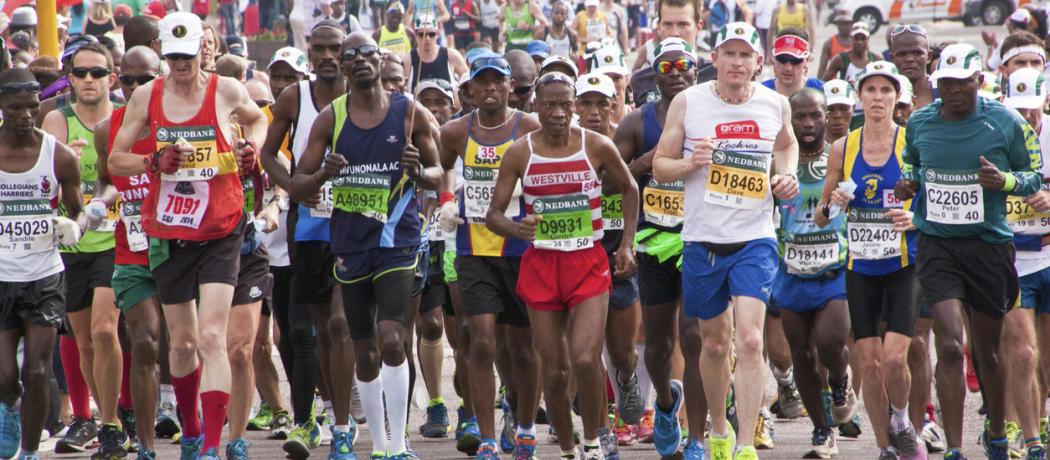Running records continue to be broken beyond expectations, but is there a limit to human speed?
Foot racing became popular in England in the 17th century, when masters would wager on the race results of their footmen. Accurate times were first recorded in the 1850s when precisely measured running tracks were built.
Breaking the 4-minute barrier in the 1-mile run seemed like an impossible achievement for over 100 years, then on 6 May 1954 Britain’s Roger Bannister, a medical graduate, ran the mile in 3:59. John Landy of Australia broke Bannister’s record 46 days later. Hicham El Guerrouj of Morocco lowered the time to 3:43:13 in 1999, and that is where the record currently stands. Women also excelled over the years. The current record holder in the 1-mile race is Russian Svetlana Masterkova at 4:12:56 (set in 1996).
Will these records be broken soon? Are there limits to breaking running records? Coaches, sport-medicine specialists, and scientist don’t know the answer. There are a number of factors that limit human accomplishments on the running track.
There are genetic limitations—those with short legs have a shorter stride, and those with smaller lung capacity might generate less-efficient oxygen flow. Runners endowed with fast-twitch muscles do well in sprinting; those with slow-twitch muscle fibers do better on long-distance runs.
Biomechanically humans have a disadvantage compared to four-legged animals. Having only two legs, when humans push off the ground each leg is vertically directed. Most four-legged creatures are propelled more horizontally, thus gaining additional distance with each leap.
Physiological issues related to the flow of oxygen to the muscles is critical to long-distance runners. The process is known as the maximal oxygen uptake ability, which dictates how much oxygen is delivered to the muscles within a defined time period. The numbers do not mean much to me, but I’ve read that an average male registers at around 40 and an average female at around 30 on the VO2 max scale. Elite male runners may clock in at over 80 and elite female runners reach close to 80 on that scale. Achievements are related to training, specifically pacing and managing energy expenditure.
Technical issues are important as well. The running surface, the temperature and humidity during a race, and clothing (particularly shoes) are all factors in reaching records.
There are of course illicit methods deployed to overcome these limitations, including steroid use to increase strength to push off the ground, and blood doping, which increases oxygen capacity. However, counterbalancing all the barriers to record setting we cannot discount the intangibles—talent and the human competitive spirit—which may still lead to dramatic new achievements in sport.
—George Szasz, CM, MD
Suggested reading
Dickerson K. The human race: Will we keep breaking running records? Accessed 14 January 2019. www.livescience.com/48572-marathon-running-records-human-limit.
Wikipedia. Mile run world record progression. Accessed 14 January 2019. https://en.wikipedia.org/wiki/Mile_run_world_record_progression.
This post has not been peer reviewed by the BCMJ Editorial Board.

